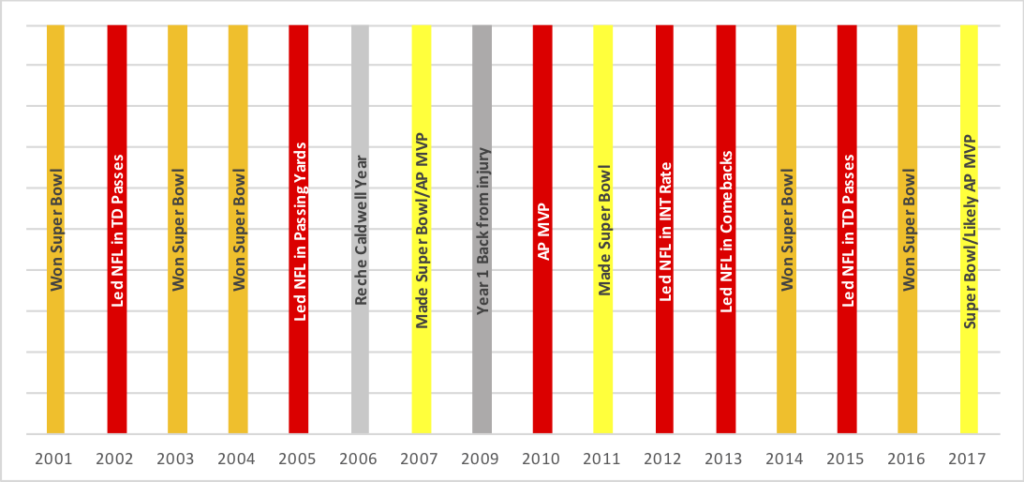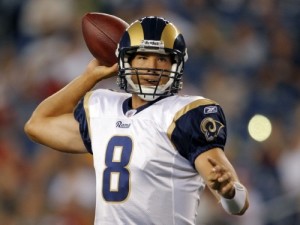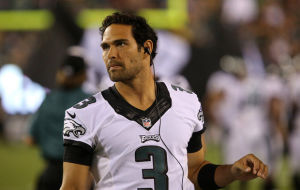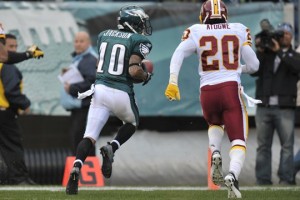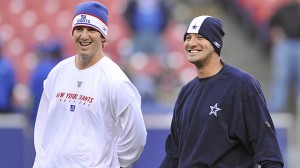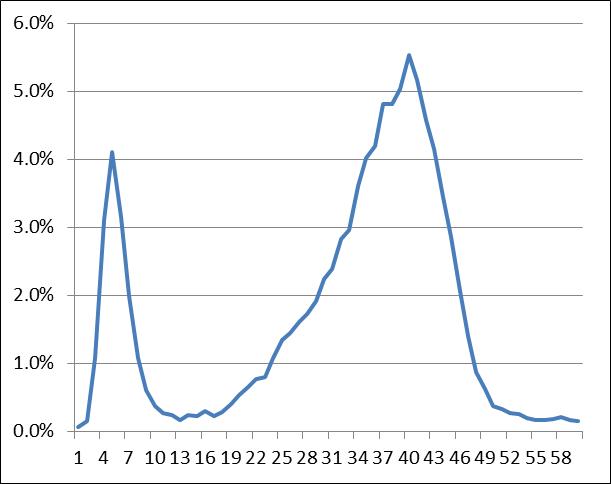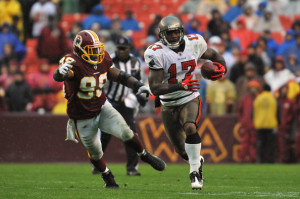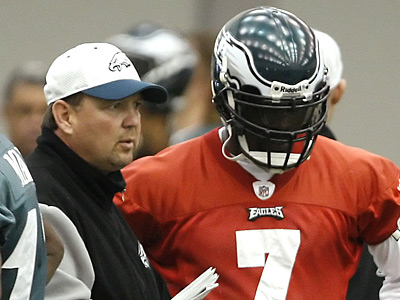Carson Wentz and the Eagles are 10-1, and are the frontrunners to earn the #1 seed in the NFC and win the conference. Once we get to the playoffs, though, you can imagine what a common refrain will be:
Yes, Wentz and the Eagles are good, but they are unproven in the playoffs!
So, is that a meaningful criticism? Let’s leave out that the quarterbacks of the other two best teams in the NFC are Case Keenum (or Teddy Bridgewater) and Jared Goff, as the NFC playoff field will still likely see Drew Brees and a combination of Cam Newton, Matt Ryan, Russell Wilson, and Matthew Stafford. Here’s the real question: how likely is a QB to win a Super Bowl his first time making the playoffs?
You may be surprised to learn that ten quarterbacks have won the Super Bowl in their year they started their first playoff game (and another ten made it to the Super Bowl and lost).
The list, hidden in spoiler tags for those who want some trivia:
To be fair, only a few of those would count as young funs. Plunkett and Theismann were both 33, Staubach and Hostetler were 29, and Warner was 28. McMahon and Aikman were both 26 but in their 4th year (and Aikman played in a playoff game in reserve in his third year), but Brady, Montana, and Namath certainly qualify as “Wentz-like” when it comes to age and experience.
But what about the hosts of young stud quarterbacks that haven’t won a Super Bowl? In other words, if Brady/Montana/Namath are the 3 positive examples, how many negatives ones are there? There are only 9 quarterbacks who started their first playoff game at the age of 25 of younger and also were on the team that won (or tied for) the most games in their conference. In reverse order…
- Dak Prescott, as a 23-year-old rookie led the #1 seed Cowboys into the playoffs in 2016, but Dallas lost after the bye to the Packers. Prescott played well in that game, however.
- A.J. McCarron technically makes the list, as he started a playoff game in place of Andy Dalton. The Bengals lost that game to the Steelers (which was arguably not McCarron’s fault), but given that he was a backup, he doesn’t feel like a great comparison.
- In 2004, another Pennsylvania young gun took the country by storm: Ben Roethlisberger and the Steelers went 15-1 that year in Roethlisberger’s rookie season at age 22. Roethlisberger struggled in two playoff games, particularly in the loss to the Patriots in the first half of the AFC Championship Game (two first half interceptions, including a pick six, as the Steelers were held to 3 points).
- In 1986, Doug Flutie started his first playoff game for the Bears in a McCarron-esque situation (he started just one game in the regular season).
- In 1983, a rookie Dan Marino made the postseason for the 12-4 Dolphins at the age of 22. He lost his first playoff game, although he played pretty well and had a 3-point lead late in the 4th quarter.
- In 1981, Montana made the playoffs with the 49ers, who had the #1 seed. San Francisco won all three games.
- In 1975, Ron Jaworski started a playoff game for the Rams in another McCarron/Flutie-esque situation; starter James Harris was injured in the second-to-last regular season game. Jaworski won his only start, although he played most of the NFC Championship Game against the Cowboys, which was a bloodbath.
- Finally, we have Bob Lee for the 1971 Vikings. This was another McCarron/Flutie/Jaworski situation: Lee went 3-1 as the Vikings starter due to injuries in 1971, got the start in the playoff game against the Cowboys, and imploded.
So if you are an Eagles fan, yes it’s pretty rare for a young quarterback to win the Super Bowl. But it’s also pretty rare for a young quarterback to guide his team to the best record in his conference: only Prescott, Rivers, Roethlisberger, Marino, and Montana have done that. Of that bunch, none of them played badly except for Roethlisberger, with some bad luck (including facing an all-time great QB and/or blowing a fourth quarter lead) ending the seasons for Prescott, Rivers, and Marino.
In the last 20 years, Cam Newton, Matt Ryan, Daunte Culpepper, Donovan McNabb, and Peyton Manning have been young quarterbacks who first led their team to the playoffs in a year where their team finished one game behind the conference leader in wins. Those stories aren’t quite as impressive. In general, though, being on the best team in a conference is a pretty good place to start.

